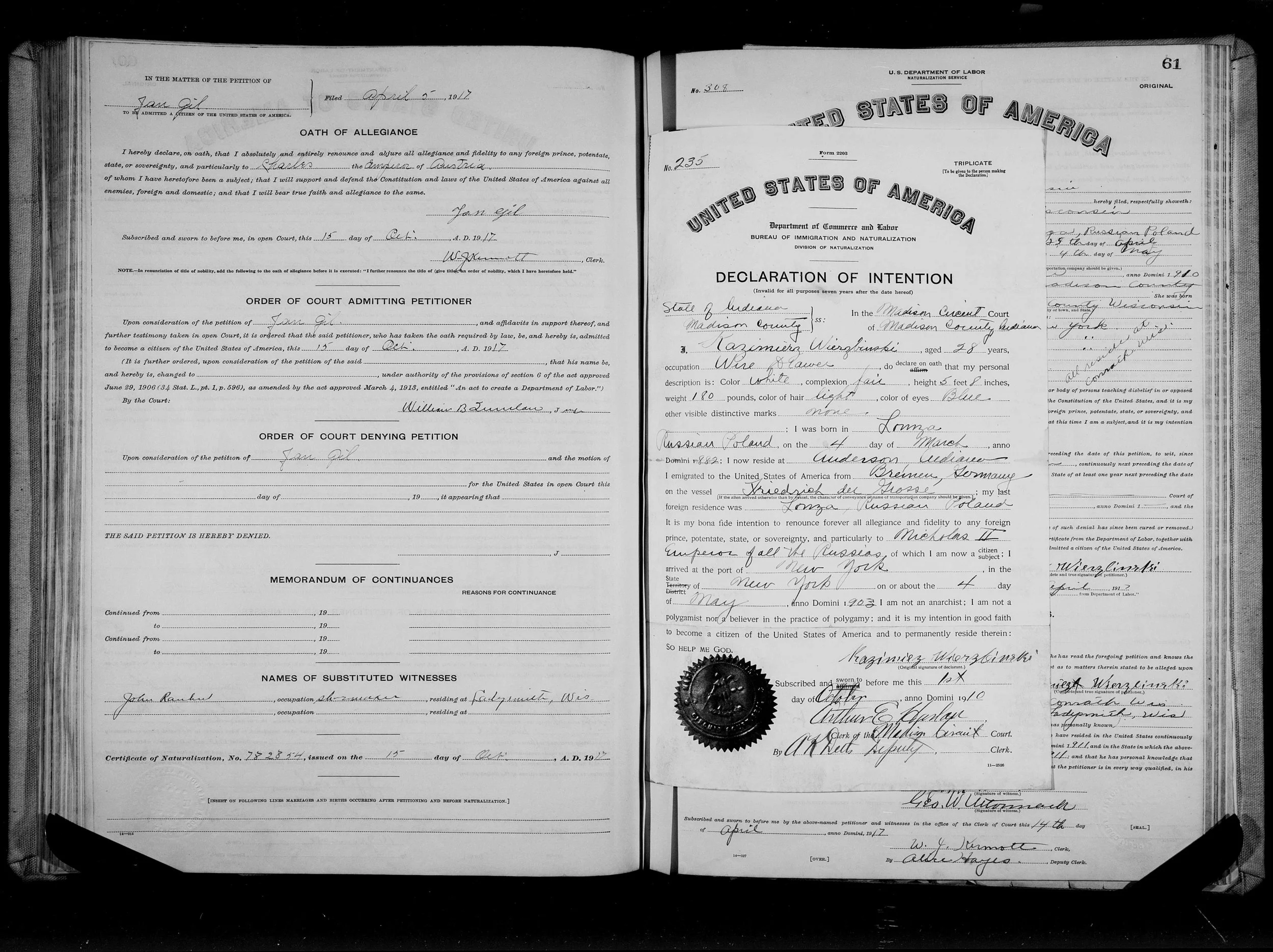We are now making Memory Care Books! Many are touched by dementia and Alzhiemer’s disease, my family certainly has been. The loss of memories and the feeling of lost connections can be frustrating and anger provoking not only in those with memory loss, but also in their family and caregivers.
Reminiscing through photographs has shown promise in reducing depression and anxiety, improving cognition, and in improving overall mood in those with dementia. A Memory Care Book with photos of the person’s life and significant people and events can enhancing a sense of belonging and connection with family members and caregivers.
Our books are customized in content and format based upon the recommendations from memory care experts. Special consideration for each book are: the level of memory loss, specific content, sequencing, formatting of the pages, and font types and sizes. Our books are high quality with archival quality papers and are hand stitched for durability. They are nearly lie flat and will fit on someone’s lap to allow two people to sit side-by-side in a non-threatening way to connect with one another.
Prices start at $125 for a 20 page book. Books can fit up to 100 pages for an additional charge. Additional copies of the same book are available starting at $95.
Ready to get started? Fill out the contact form and you will be sent instructions on what photos and information to send in. Don’t have high-quality digital copies of photos? We can digitize your photos, as well.











